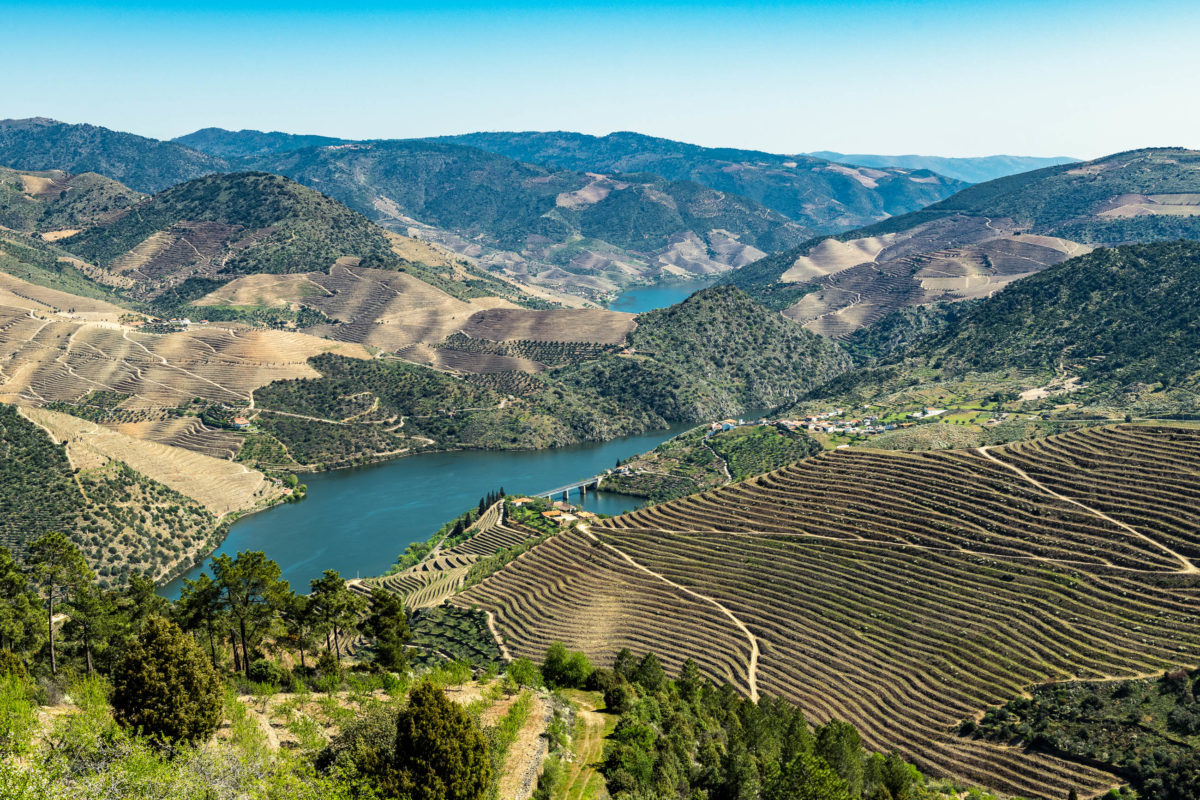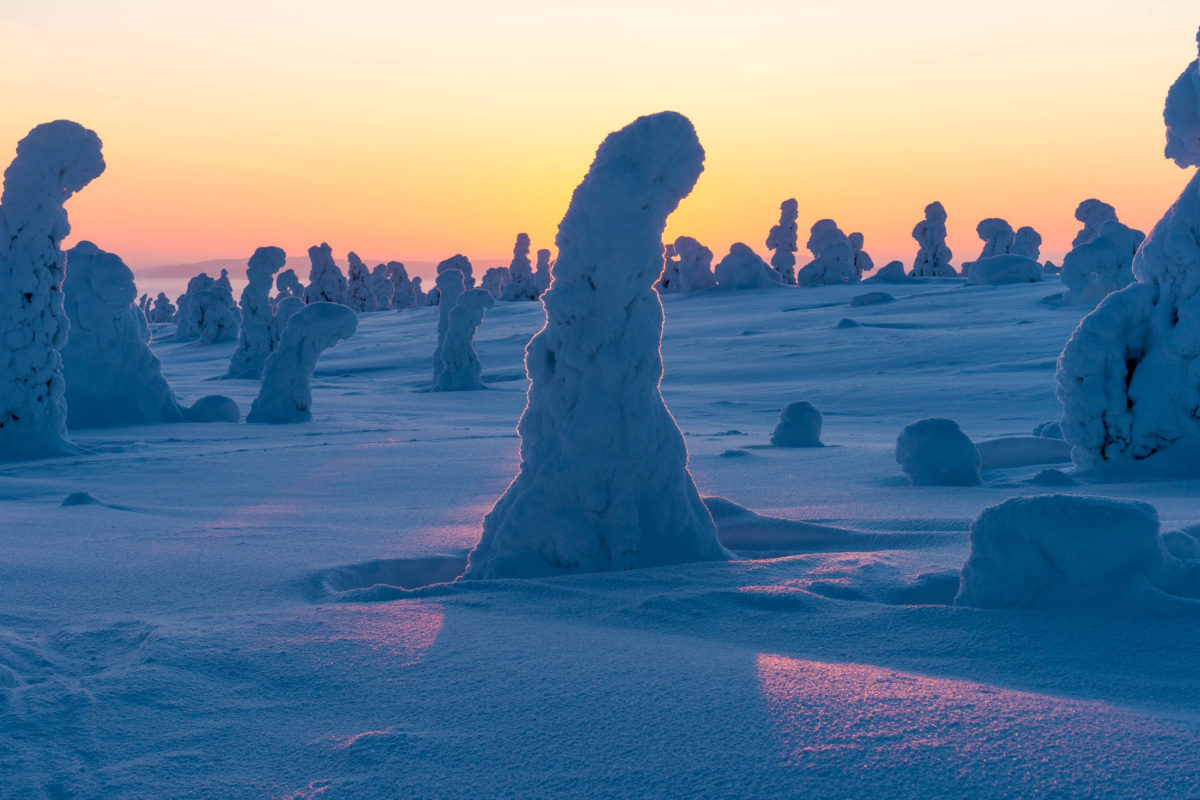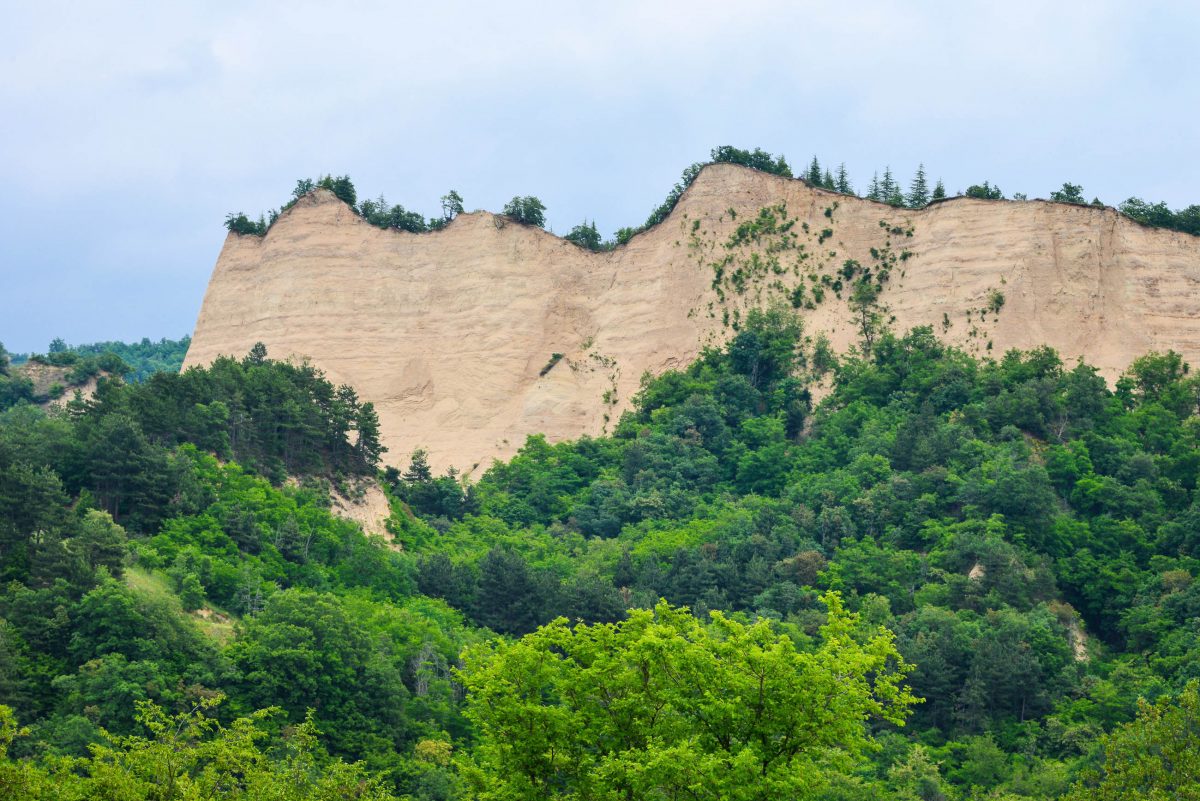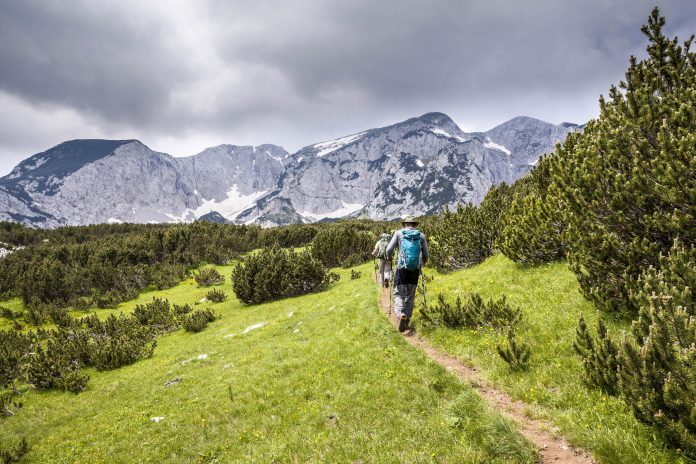Europa hat neben den spannenden kulturellen Zentren auch für Naturfreunde viele Reiseziele zu bieten. Abseits der ausgetretenen Touristenpfade lässt sich hier bisweilen noch ein echtes Outdoor-Abenteuer erleben. Wir haben ein paar der schönsten Destinationen zusammengetragen.
Wer auf der Suche nach ursprünglicher Natur ist, muss dafür nicht zwangsläufig in exotische und weit entfernte Länder reisen. Auch in den benachbarten Regionen in Europa gibt es vielfältige Möglichkeiten für Outdoor-Aktivitäten abseits der Zivilisation.
Inhaltsverzeichnis
Die wichtigsten Informationen zum Natur-Urlaub in Europa
Unberührte Natur unterliegt gerade in Europa häufig einem besonderen Schutz. Um die Ursprünglichkeit zu erhalten, sind die entsprechenden Gebiete häufig als Natur-, Nationalpark, Reservat oder Schutzgebiet ausgewiesen.
Rund 90 verschiedene Schutzkategorien für erhaltenswerte Naturräume gibt es allein in Europa. Je nach Schutzstatus und Art des Gebietes gelten unterschiedlich strenge Verhaltensregeln. So sind beispielsweise bei sportlichen Aktivitäten auf dem Wasser andere Vorgaben zu beachten als im Wald. Bei Letzterem spielt etwa die Vermeidung von Brandrisiken eine wichtige Rolle.
Wer sich an einige wenige Regeln hält, ist damit allerdings immer auf der sicheren Seite:
- Jeder sollte sich in der Natur stets so verhalten, dass das Umfeld und seine natürlichen Bewohner möglichst nicht gestört werden. Beim Wandern gilt es, die Rückzugsgebiete von Tieren zu respektieren und auf ausgewiesenen Pfaden zu bleiben.
- Nach dem Besuch sollte alles wieder im ursprünglichen Zustand zurückgelassen werden. Den eigenen Müll mitzunehmen sollte selbstverständlich sein.
- Eine beliebte Regel lautet: „Leave nothing but footprints, take nothing but pictures“ („Lasse nichts zurück, außer Fußspuren, nimm nichts mit, außer Fotos“)
- Besondere Hinweise, Regelungen oder Warnungen sollten in jedem Fall respektiert und befolgt werden. Hier können bei Nichtbeachtung empfindliche Strafen drohen.
Wer ein richtiges Outdoor-Abenteuer plant, möchte oft auch direkt in der Natur übernachten. Auch hier gibt es in den einzelnen Ländern genaue Bestimmungen zum Wildcampen, die beachtet werden sollten.
Wenn ihr euch bei der Tour von einheimischen Pflanzen ernähren wollt, stellt sicher, dass ihr über das notwendige Fachwissen verfügt. Pilze und Beeren müsst ihr gut kennen und wissen, dass sie einerseits genießbar sind und andererseits nicht unter Schutz stehen. Auch beim Angeln gilt es, die jeweiligen Landesbestimmungen zu berücksichtigen.
Manche Gebiete gelten als gefährdet in Bezug auf Tollwut oder für Krankheiten, die von Zecken übertragen werden. Deshalb unbedingt im Vorfeld informieren, ob zusätzliche Schutzimpfungen sinnvoll sind.
Douro-Tal: Grenzüberschreitender Nationalpark

Mit diesen wichtigen Details können sich Outdoorfreunde nun an die Planung ihres Urlaubs machen. Der erste Geheimtipp ist ein Nationalpark der sich auf beiden Seiten des Douro-Flusses über die spanisch-portugiesische Grenze hinweg erstreckt.
Auf beiden Seiten des Grenzflusses gehen sanfte Hügel in eine steilere und felsigere Landschaft über. In der Nähe von Dörfern sind die Hänge bisweilen terrassenförmig angelegt und werden überwiegend für den Weinbau genutzt. Weiter abseits der Zivilisation ist die Gegend noch unberührter. In den Abschnitten mit schroffen Berghängen am Ufer schlängelt sich der Douro dann wie durch einen wilden Canyon.
Das Naturschutzgebiet gliedert sich in zwei Teile:
- Parque Natural de Arribes del Duero: Auf der spanischen Seite erstreckt sich der Naturpark über eine Fläche von 106.105 Hektar etwa 80 Kilometer entlang des Flusses. Seit 1990 ist die Region zudem ein Europäisches Vogelschutzgebiet.
- Parque Natural do Douro Internacional: Der portugiesische Teil des Nationalparks ist 85.150 Hektar groß und zieht sich am anderen Flussufer entlang.
In den zerklüfteten Felsen und Schluchten des Reliefs der Region gibt es vielfältige Möglichkeiten für Wander- oder Klettertouren. Auch Mountainbiken, Canyoning oder Kanufahren ist möglich.
Die Gegend ist insgesamt nur sehr dünn besiedelt und viele Touristen haben die idyllische Landschaft noch nicht entdeckt. Beste Voraussetzungen also für ein ursprüngliches Naturerlebnis. Immerhin gibt es dort einige besondere Highlights zu entdecken.
Spektakuläre Aussichtspunkte
Sowohl auf der spanischen, als auch auf der portugiesischen Seite des Flusses gibt es Aussichtspunkte und -plattformen, die einen fantastischen Rundblick auf die umgebende Landschaft erlauben:
- Cachón del Camaces: Aussichtsplattform auf einen wilden Wasserfall
- Majada La Arena, Mirador de Las Janas: Aussichtspunkte im Hinterland des südlichen Parks im spanischen Teil
- Miradouro do Carrascalinho, Mirador dela Peña del Águila: Im mittleren Teil des Flusses im Schutzgebiet sind die Uferfelsen besonders steil
Bergsport
Vor allem der nördliche Teil des Parks kann bereits einige Höhenmeter verzeichnen. Im Winter kann es dort deshalb auch Schnee geben. Dann sind statt der sommerlichen Trekkingtouren auch Wanderungen mit Schneeschuhen möglich. Ein guter Ausgangspunkt ist das Abenteuersportcenter Zamora Natural nahe des spanischen Örtchens Pino del Oro.
Der Norden Finnlands: Mythische Natur im Winter

Wer auch im Winter gerne draußen unterwegs ist und nach einer Abwechslung zu den üblichen Sportarten in den Skigebieten sucht, wird sicherlich in Lappland fündig. Während sich die ausgedehnten Wassergebiete im Land der tausend Seen eher über den Süden erstrecken, hat der Norden ganz eigene landschaftliche Höhepunkte zu bieten.
Die Wahrscheinlichkeit, hier einmal die magischen Nordlichter beobachten zu können ist sehr groß – gerade im Winter. Zur kalten Jahreszeit ist es selbst für hartgesottene Outdoor-Camper draußen frisch. Deshalb ist der Riisitunturi National Park ein empfehlenswertes Reiseziel. Hier gibt es verschiedene Übernachtungsmöglichkeiten, die für einen gelungenen Natururlaub in Frage kommen.
Das Wildnisgebiet liegt rund 60 Kilometer Nordwestlich der Stadt Kuusamo und etwa genauso weit von der russischen Grenze im Osten entfernt. Der Nationalpark ist „nur“ 7.700 Hektar groß, bietet aber dennoch jede Menge Abwechslung für Aktivitäten im Winter:
- Schneeschuhwandern
- Langlauf
- Hundeschlittenfahrten

Immer beeindruckend ist die mythische und oft auch bizarre Landschaft im finnischen Winter mit den besonderen Lichtstimmungen der tief stehenden Sonne. Darüber hinaus gibt es noch weitere Highlights in Lappland.
Korouoma Canyon
Etwa 60 Kilometer westlich des Riisitunturi Nationalparks liegt ein einmaliger Spot inmitten eines zerklüfteten Tals. Im Zentrum befinden sich mehrere gefrorene Wasserfälle, die nicht nur ein spektakuläres Bild abgeben, sondern sich auch zum Eisklettern eignen. Rings herum gibt es zudem verschiedene Wander- und Trekkingpfade.
Kilpisjärvi
Dieser Ort im äußersten Nordwesten des Landes ist das einzige arktische Dorf Finnlands. Es liegt nahe des Malla Naturreservats und bietet neben Begegnungen mit Elchen in der warmen Jahreszeit auch Einblicke in den kurzen aber spektakulären Sommer inmitten der einzigartigen Fauna.
Wandern im Bulgarischen Piringebirge

Der Osten Europas ist für viele noch ein weißer Fleck auf ihrer touristischen Landkarte, dabei gibt es gerade dort für Fans von Outdoorurlaub viel zu entdecken. Neben Montenegro als Wandergebiet haben wir bereits den sehenswerten Nationalpark Derdap in Serbien und den Naturpark Eisernes Tor in Rumänien vorgestellt.
Von Bulgarien ist den meisten vor allem der Goldstrand an der Schwarzmeerküste bekannt. Unser Tipp ist hier die Bergregion im Südwesten des Landes: das Piringebirge.
Ein guter Ausgangspunkt für Wanderungen ist der Ort Melnik – rund 180 Kilometer südlich der Hauptstadt Sofia und etwa 25 Kilometer nördlich der griechischen Grenze gelegen. Eine eindrucksvolle Kulisse bieten für die meist historischen Häuser die sogenannten Pyramiden von Melnik – eine besondere Sandsteinformation, die sich als Ausläufer des Piringebirges gebildet hat.
Die Region am und rund um das Gebirge ist seit einigen Jahren als Nationalpark ausgewiesen und zählt zudem zum UNESCO Weltnaturerbe. Das Schutzgebiet umfasst eine Fläche von 26.490 Hektar. Obwohl das Gebiet touristisch gut erschlossen ist und es zahlreiche Hütten als Anlaufstelle bei Wanderungen oder anderen Outdoor-Aktivitäten gibt, ist man dort bei Ausflügen in die Natur oft alleine unterwegs.
Abwechslungsreiche Routen führen durch schmale, felsige Täler entlang von Flüssen hinauf in die Höhenlagen. Highlights sind kleine Wasserfälle in den Berggewässern, die sich auch zum Baden eignen, oder die schmalen Pfade zwischen den zerklüfteten Sandsteinfelsen.
Wer neben der schönen Natur auch etwas kulturinteressiert ist, sollte sich die verschiedenen Klöster in der Region nicht entgehen lassen:
- Rozhen Kloster: 7 Kilometer und etwa eineinhalb Stunden Fußmarsch von Melnik entfernt liegt diese beeindruckende Klosteranlage Rozhen aus dem 16. Jahrhundert, eine der schönsten und ältesten orthodoxen Klosteranlagen des Landes.
- Rila Kloster: Das Rila Kloster liegt im benachbarten Rilagebirge etwa 120 Kilometer nördlich von Melnik und ist mit seinen reich verzierten Mauern beinahe noch sehenswerter als das Rozhen-Kloster. Es zählt ebenfalls zum Kulturerbe der UNESCO.





